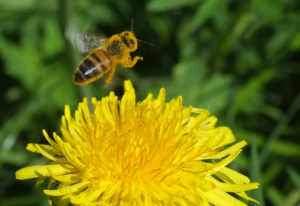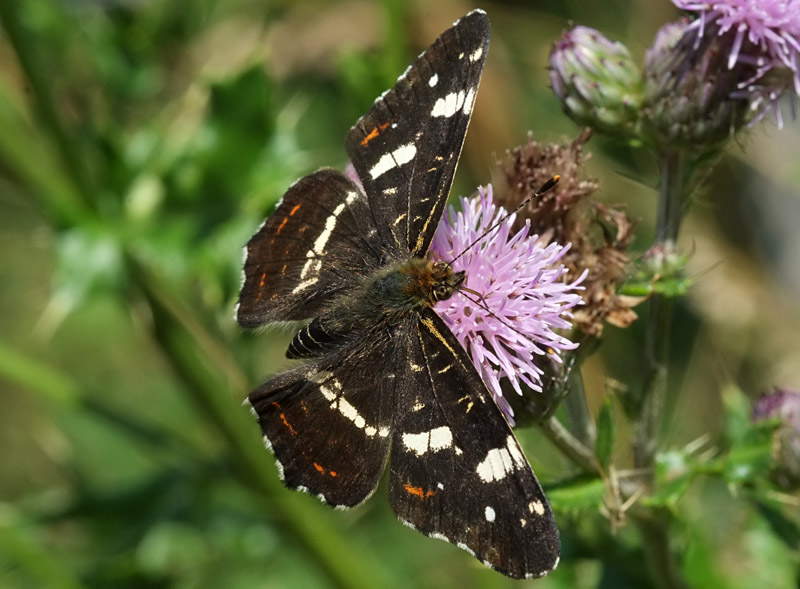As well as producing food in a sustainable way, an equally important goal for us at Prangeleu is to live with and support nature. In today’s world of declining biodiversity and accelerating species loss, it is both a principle and a pleasure for us to safeguard a little habitat for the species that could and should flourish in this part of the world.
According to the Natura 2000 website (see below), our valley should be a habitat for several rare and protected species, from beavers and bats, to black storks and wildcats. Needless to say, we don’t see these animals every day! But they are not the only species that live here. There are strong populations of badgers, foxes and deer in the forests. We often spot hares and wild boar, as well as many different birds, from tiny wrens and mellifluous blackcaps, to giant herons and majestic red kites.

In our wild garden, we protect different natural habitats that often teem with insect life and birds. Foxes, badgers and deer visit at night, as well as smaller mammals in abundance. In summer, swallows and house martins race around the sky by day, followed by bats in the evening. The list of birds we’ve seen or heard here is long and growing.
Natagora
Jardin Prangeleu is part of the Réseau Nature, which is a “network that brings together public and private green spaces that respect and protect nature. All of these areas, large or small, form a fabric that supports the extension of biodiversity.” We joined this network by signing a 5-point charta as a commitment to organic and sustainable land use. The network is organised by Natagora, the main nature conservation body in Wallonia.
Natura 2000
Our valley includes part of the Natura 2000 site Basse vallée de l’Aisne. This is a loosely connected patchwork of forested hills and river valleys between Bomal and Manhay, which together add up to around 1,900 hectares.
“Stretching over 18% of the EU’s land area and almost 6% of its marine territory, Natura 2000 is the largest coordinated network of protected areas in the world. It offers a haven to Europe’s most valuable and threatened species and habitats” (EU Environment)
Across the EU, Natura 2000 includes:
- 27,312 sites
- 787,606 km2 of land
- 360,350 km2 marine area
Every site has its own standard data form, a document that can be viewed online, detailing the habitats, fauna and flora each site contains. You can find this information at natura2000.eea.europa.eu – which is a fascinating website to explore.
Rewilding
“Wouldn’t it be amazing if everybody had a Serengeti on their doorstep!” – George Monbiot
Rewilding is an exciting concept that is slowly gaining in popularity. In a nutshell, it is the idea that extensive natural ecosystems can regenerate, with just a minimum of human help: space is given over to nature, a few keystone species are reintroduced, then nature does the rest for itself… Here is a short talk by the environmental journalist George Monbiot that explains it very well.
On our half-hectare here in Wallonia we might not be able to do much real rewilding, but the idea is inspiring, there is always potential and some impressive projects already exist that provide hope for the future.
- Farming with nature in southern England: Knepp Farm
- Some large-scale projects around Europe: Rewilding Europe
See also…
